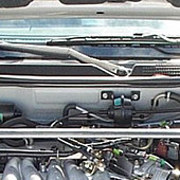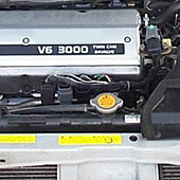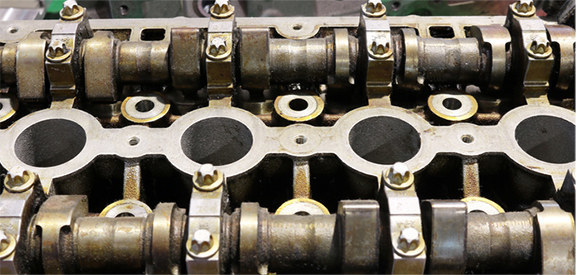

Via Flickr: dongkwan / Creative Commons

Via Flickr: dongkwan / Creative Commons

Via Flickr: dongkwan / Creative Commons

Via Flickr: dongkwan / Creative Commons

Via Flickr: dongkwan / Creative Commons

Via Flickr: dongkwan / Creative Commons
What does a ‘carburetor’ do?

Regulates the flow of coolant from the engine to the radiator and back
Generates electric power to recharge the engine
Mixes gasoline with air to ensure the engine runs effectively
Delivers electric power from the ignition to the engine







What is pictured here?







What does a ‘camshaft’ do?

Opens and closes the valve train
Spins the compressor
Mixes gasoline with air to ensure the engine runs effectively
Initiates the operation of the engine
What is pictured here?







What does a ‘crankshaft’ do?

It spins a fan belt on the alternator
It translates the motion of the pistons into rotating motion
It communicates between the ignition and the starter
It circulates fluid around the engine
What does a ‘timing belt’ do?

Synchronizes the crankshaft’s rotation with the rotation of the camshaft
Regulates the timing of the pistons
Synchronizes the flywheel’s rotation with the rotation of the crankshaft
Regulates the spin of the alternator

You are an engine novice.
You know so little about engines that cars often randomly stop working just because you happen to walk by.

You know a thing or two about engines.
Sure, you don’t know your crankshaft from your camshaft, but you have a basic idea of how the thing works. Something to do with pistons firing, right?

You are pretty close to being an engine expert.
You’re not quite at the level of a professional, but you know your way around a car engine, and you should be proud of that.

You are essentially a mechanic.
You know your way around a car engine like a pro, and you’re extremely handy to have around in an emergency.



